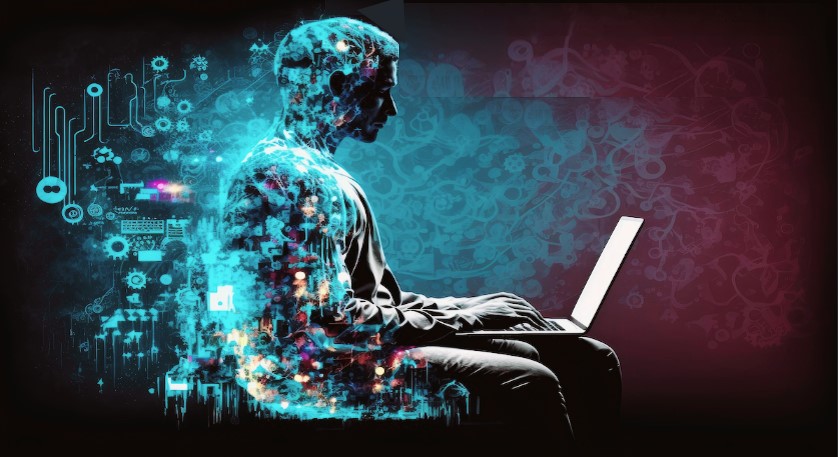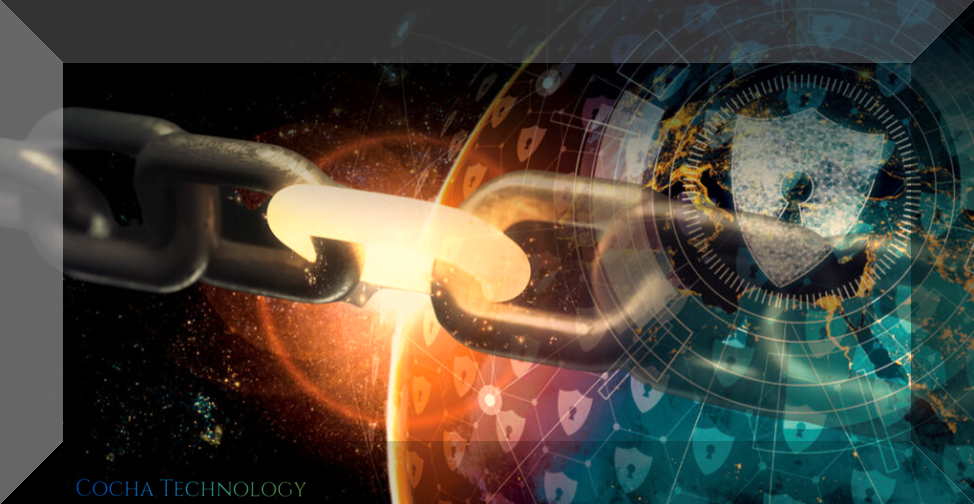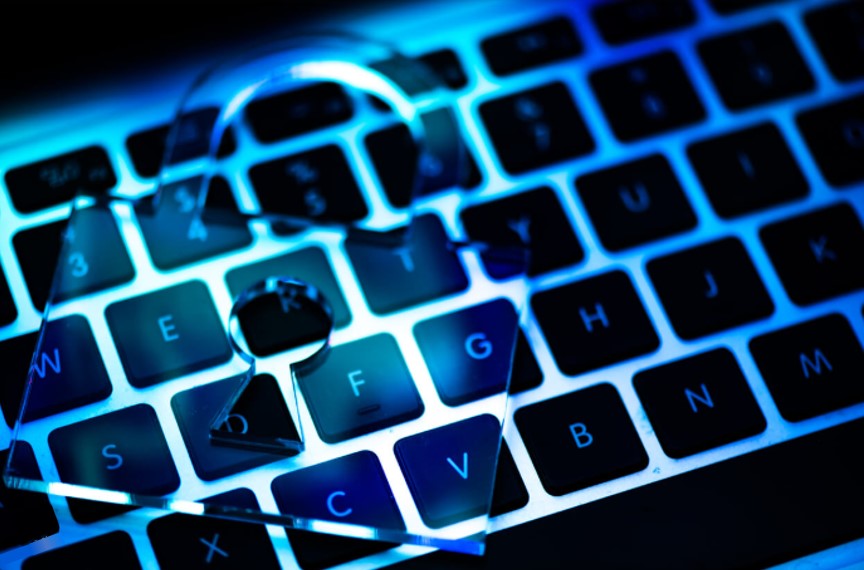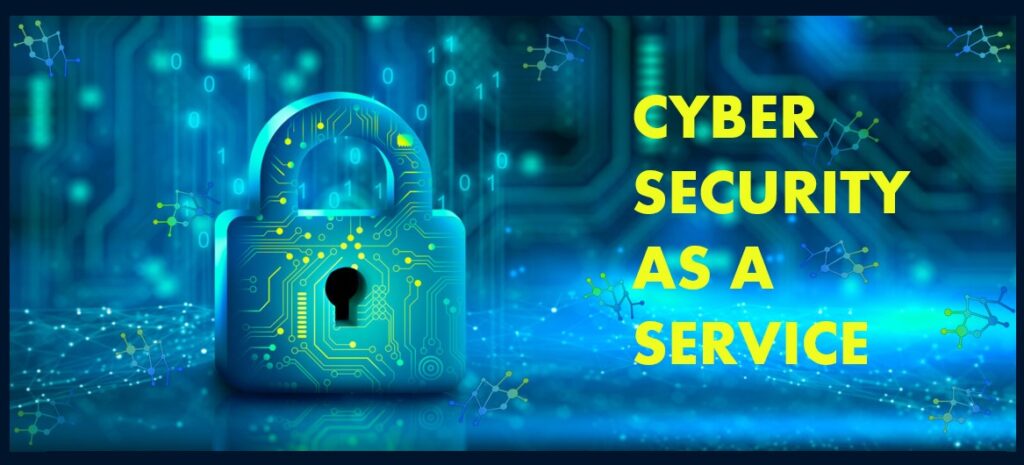Essential Cyber Security Tools and Best Practices
August 30, 2024

Cyber security has become a cornerstone of every organization’s operations. Protecting sensitive data, ensuring business continuity, and safeguarding against malicious threats require a robust arsenal of security tools and adherence to best practices. This blog explores essential cybersecurity tools and practices that organizations must implement to mitigate risks effectively.
Endpoint Protection
Endpoints such as laptops, desktops, and mobile devices are prime targets for cyber-attacks. Endpoint protection tools offer defense mechanisms against malware, ransomware, and unauthorized access:
- Antivirus and Anti-Malware Software: Provides real-time scanning and threat detection to prevent malicious software from infecting endpoints.
- Endpoint Detection and Response (EDR): Monitors endpoint activities, detects suspicious behavior, and facilitates rapid incident response.
- Mobile Device Management (MDM): Controls and secures mobile devices accessing corporate networks, enforcing policies for encryption, data loss prevention (DLP), and remote wipe capabilities.
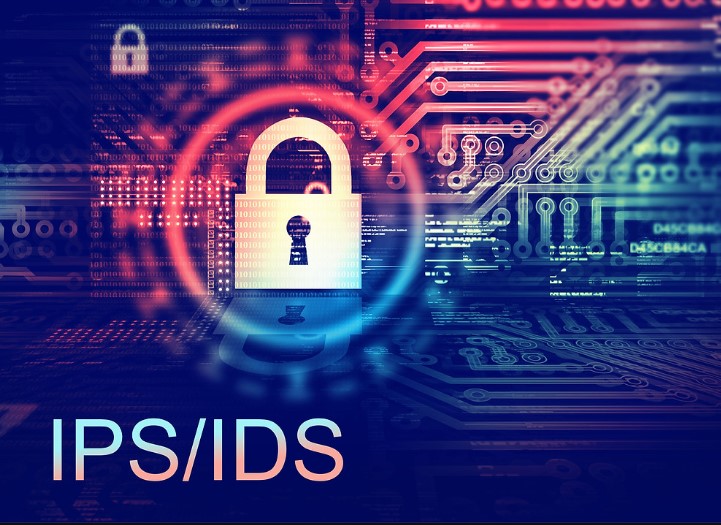
Network Security
Protecting network infrastructure is critical to prevent unauthorized access and ensure data integrity:
- Firewalls: Establishes barriers between internal and external networks, filtering traffic based on predefined security rules to block unauthorized access and potential threats.
- Intrusion Detection and Prevention Systems (IDS/IPS): Monitors network traffic for suspicious activities or known attack patterns, triggering alerts or blocking malicious traffic in real-time.
- Virtual Private Network (VPN): Encrypts communication between remote users/devices and corporate networks to secure data transmission over public networks.
Identity and Access Management (IAM)
IAM tools manage user authentication, authorization, and privileges to enforce least privilege access principles:
- Multi-Factor Authentication (MFA): Adds an extra layer of security by requiring users to verify their identity with two or more authentication factors (e.g., password, biometrics, OTP).
- Privileged Access Management (PAM): Controls and monitors privileged user accounts, limiting access to critical systems and sensitive data to authorized personnel only.
- Single Sign-On (SSO): Simplifies access management by allowing users to authenticate once and gain access to multiple applications or systems without re-entering credentials.
Data Protection
Securing sensitive data both at rest and in transit is essential to prevent data breaches and maintain regulatory compliance:
- Encryption: Encrypts data to render it unreadable to unauthorized users, whether stored in databases, transmitted over networks, or stored on mobile devices.
- Data Loss Prevention (DLP): Monitors and controls data usage to prevent unauthorized access, transmission, or exfiltration of sensitive information.
- Backup and Recovery: Regularly backs up critical data and implements disaster recovery plans to ensure data availability and continuity in the event of data loss or ransomware attacks.
Security Monitoring and Incident Response
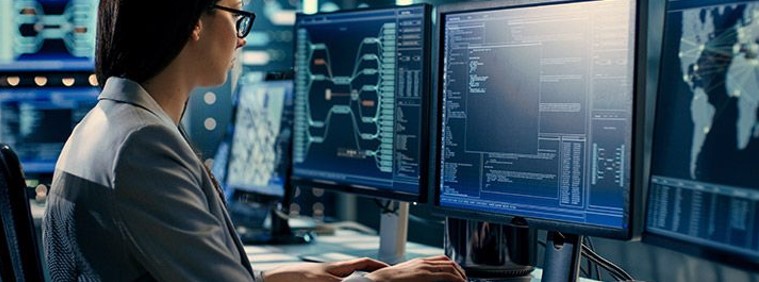
Proactive monitoring and timely incident response are crucial to detecting and mitigating cyber threats:
- Security Information and Event Management (SIEM): Collects and analyzes log data from various sources to identify suspicious activities, correlate events, and facilitate incident response.
- Penetration Testing and Vulnerability Scanning: Simulates cyber-attacks to identify and prioritize vulnerabilities, allowing organizations to proactively address security weaknesses.
- Incident Response Plan (IRP): Establishes procedures and workflows for responding to security incidents promptly, minimizing potential damage and restoring normal operations swiftly.

By integrating these essential cybersecurity tools and practices into their operations, organizations can significantly enhance their resilience against evolving cyber threats. Emphasizing proactive defense measures, continuous monitoring, and employee education ensures a comprehensive approach to cybersecurity that protects digital assets, preserves business continuity, and upholds customer trust. As cyber threats continue to evolve, staying informed about emerging technologies and best practices remains pivotal in maintaining a robust defense posture in today’s dynamic threat landscape.
Have Any Question?
Call or email Cocha. We can help with your cybersecurity needs!
- (281) 607-0616
- info@cochatechnology.com

